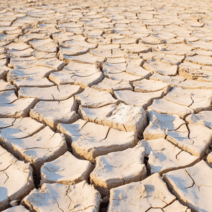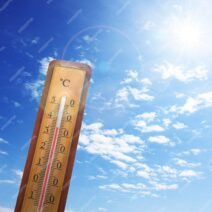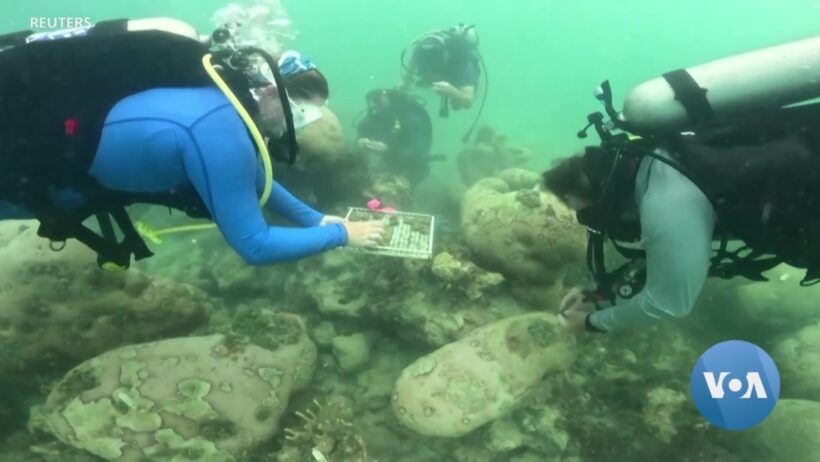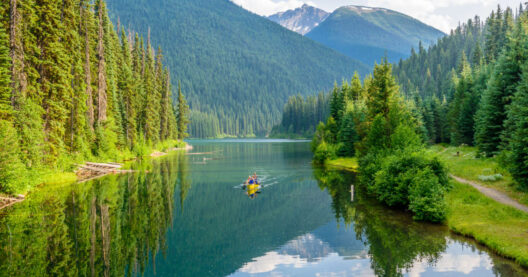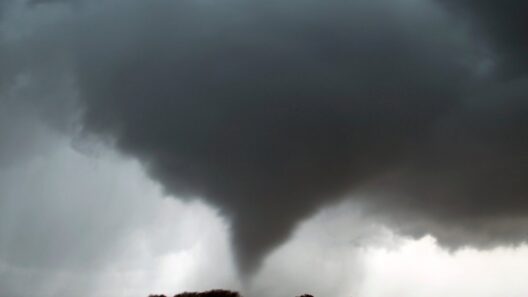Indonesia, a sprawling archipelago of over 17,000 islands, is home to some of the most breathtaking marine ecosystems on the planet. Among these ecosystems, coral reefs stand out as vibrant cities teeming with biodiversity. They are not merely beautiful; they are foundational to the marine life that sustains local economies and cultures. However, these precious reefs confront a growing number of existential threats, primarily due to the adverse impacts of climate change and oceanic alterations. Indonesia’s coral catastrophe serves as a glaring microcosm of the global challenges facing coral ecosystems.
The phenomenon of rising sea temperatures is a prominent driver of coral decline. Elevated water temperatures, often exceeding the thermal thresholds that corals can tolerate, lead to a process known as coral bleaching. During bleaching events, corals expel the symbiotic algae—zooxanthellae—that reside within their tissues and provide them with food through photosynthesis. Without these algae, corals lose their color and become more susceptible to disease. In Indonesia, regions like the Coral Triangle, with its rich ecological diversity, have experienced alarming bleaching events, particularly in years marked by abnormal temperature spikes. The consequences ripple outward, affecting not just the coral but the myriad species that rely on the coral for shelter and sustenance.
Furthermore, ocean acidification, driven by increased carbon dioxide emissions, poses a serious threat to Indonesia’s coral reefs. As CO2 dissolves in seawater, it lowers the pH, creating a more acidic environment that hampers the ability of corals to form their calcium carbonate skeletons. This results in weaker, more fragile reefs that are less capable of withstanding storms, rising sea levels, and other stressors. The implications are stark; a decline in healthy coral structures leads to diminished biodiversity and alters the intricate relationships within the ecosystem.
Overfishing and destructive fishing practices compound these challenges. Indonesia’s waters are among the most biodiverse on Earth, yet they face over-exploitation. They employ methods like blast fishing and cyanide fishing, which not only capture targeted fish species but also wreak havoc on coral structures. Such practices hasten coral degradation and reduce the resilience of the reefs to environmental stress. As fish populations dwindle, the balance of the marine ecosystem tips, leading to further destabilization of coral habitats.
Coastal development is another significant factor contributing to Indonesia’s coral catastrophe. Rapid urbanization and tourism development have led to the destruction of coastal habitats, including mangroves and seagrass beds, which serve as crucial buffers against storm surges and help maintain water quality. Sedimentation from development projects clogs coral polyps, effectively smothering them and reducing their ability to thrive. In some regions, pristine coral reefs have been transformed into barren seabeds, a stark reminder of the cost of unchecked expansion.
Moreover, pollution from land-based sources exacerbates the plight of Indonesia’s coral reefs. Agricultural runoff containing fertilizers, pesticides, and heavy metals leads to nutrient loading in coastal waters. While corals require certain nutrients for growth, an excess can ignite algal blooms that outcompete coral for space and light, strangling their chances for survival. Plastic pollution further complicates this issue, as debris can physically damage corals and introduce toxins into the ecosystem.
The connection between coral health and local communities cannot be overstated. Millions of Indonesians depend on coral reefs for their livelihoods. Fishing, tourism, and artisanal activities are integral to the social fabric of coastal communities. When coral reefs degrade, these communities suffer economic losses, reduced food security, and diminished quality of life. The loss of coral not only erodes marine biodiversity but also strikes at the heart of cultural heritage, as many communities have deep-rooted connections to the sea and its resources.
Efforts to mitigate these challenges are underway. Conservation initiatives aimed at protecting and restoring coral reefs are being implemented across Indonesia. Marine protected areas (MPAs) have been established to safeguard vital ecosystems from overfishing and destructive practices. Innovative restoration techniques, such as coral gardening and artificial reefs, are being explored to bolster coral populations and enhance resilience against climate change. Education and awareness campaigns targeting local communities are crucial for fostering sustainable practices and promoting stewardship of marine resources.
International collaboration also plays a pivotal role. Global partnerships are essential for funding research, sharing best practices, and implementing effective conservation strategies. Climate change is a global challenge that knows no borders; thus, the collective action of nations is needed to address the root causes of ocean degradation. It is imperative that developed nations take responsibility for their carbon footprints and provide support to vulnerable nations like Indonesia that bear the brunt of climate impacts.
The plight of Indonesia’s coral reefs encapsulates a broader narrative about the challenges facing marine environments worldwide. They are indicators of ocean health, reflecting the consequences of human activity on the planet’s delicate systems. Protecting these ecosystems is not just an environmental imperative; it is an ethical responsibility to preserve the intricate web of life that sustains us all. Ultimately, the future of Indonesia’s coral reefs hinges on concerted efforts to combat climate change, enforce sustainable practices, and foster global cooperation. The time to act is now, for the sake of the reefs, the communities they support, and the health of the world’s oceans.
